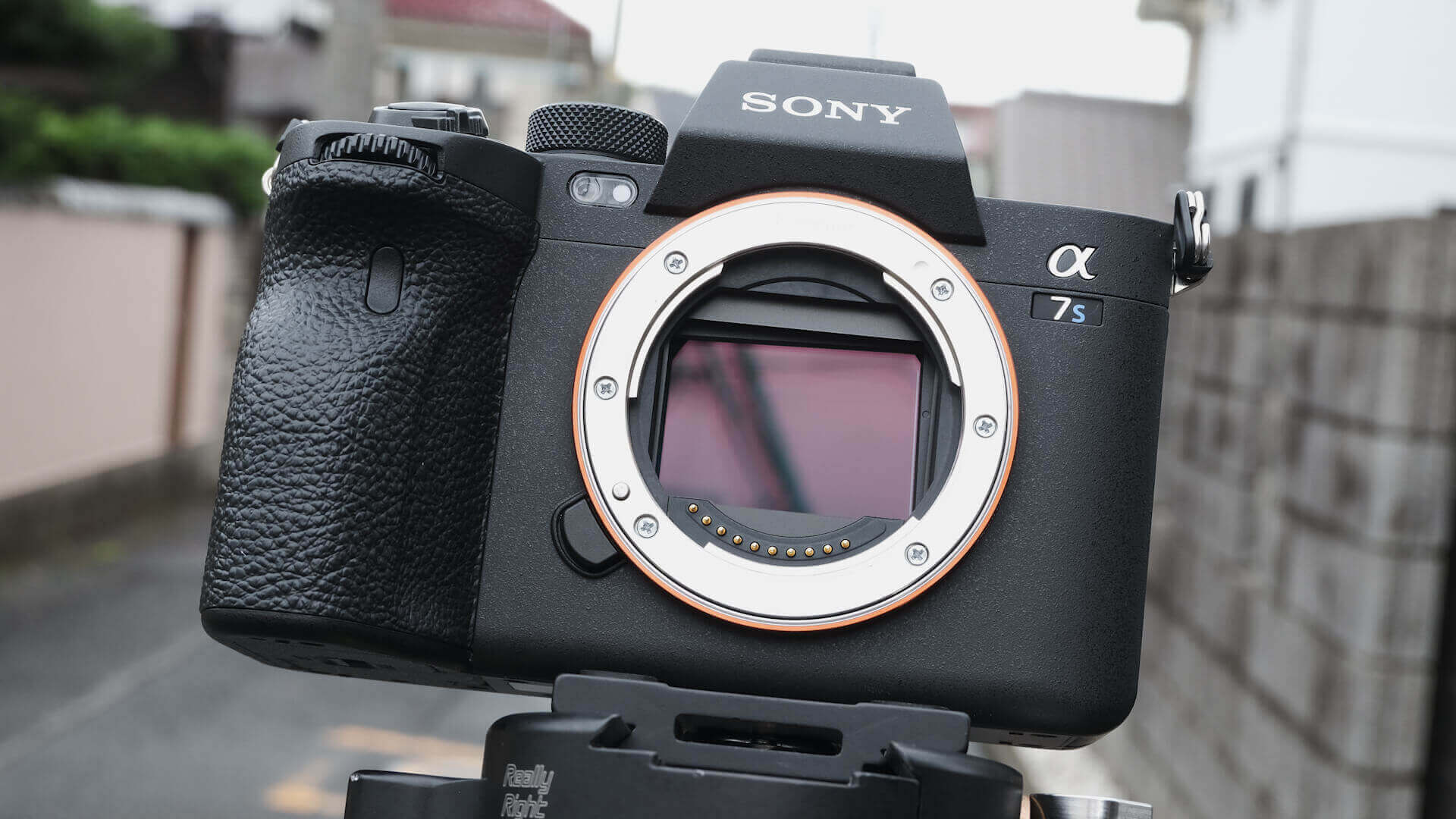
Chances are it's probably a combination of all three, but ultimately, it's just not incredibly convenient to shoot at really small apertures.
HELICON REMOTE SONY A7R3 ISO
Stopping the lens down all the to f/22 or even smaller means that you either need a great deal more light, a much slower shutter speed, or you need to increase your ISO setting. The final problem with stopping the lens down to increase depth in an image is exposure.

This isn't the same as something being in proper focus, which does look noticeably better. When you stop down the lens, what you're actually doing is just increasing the amount of acceptable focus. In practical terms, this will cause your image to look rather soft, and this kind of defeats the whole point behind wanting more depth in an image.Įven if you're not shooting really close to your subject and with a wider angle lens, stopping the lens down doesn't always get the desired result. To make matters worse, at such small apertures, you will more than likely introduce issues like diffraction. In these circumstances, even at f/22, you probably won't be able to get an acceptable amount of depth in an image. This is especially the case if you're shooting close to your subject with a relatively long macro lens. Unfortunately, this doesn't tend to work extremely well. In order to get more depth of field in an image, one could say that all that is required is to simply stop the lens down.
Add a longer focal length into the mix, and you can completely blur out the background. The reason for this is because on the shallow end, all you need to do is shoot with a wider aperture lens. In my view, it's harder to produce an image with more depth than it is to produce an image with shallow depth of field.


 0 kommentar(er)
0 kommentar(er)
